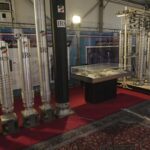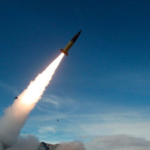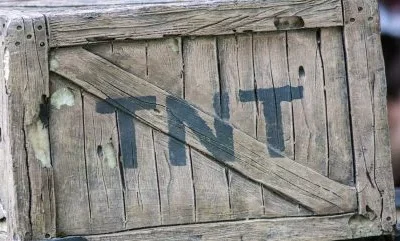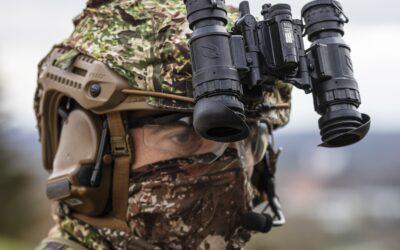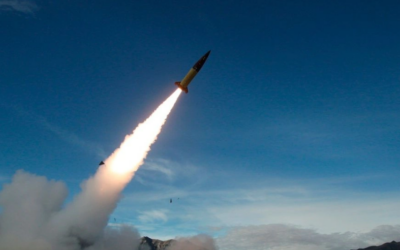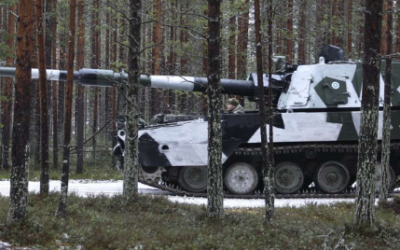As part of its quest to boost weapons production, the US Army is reestablishing TNT production on US soil, inking a deal to build out a…
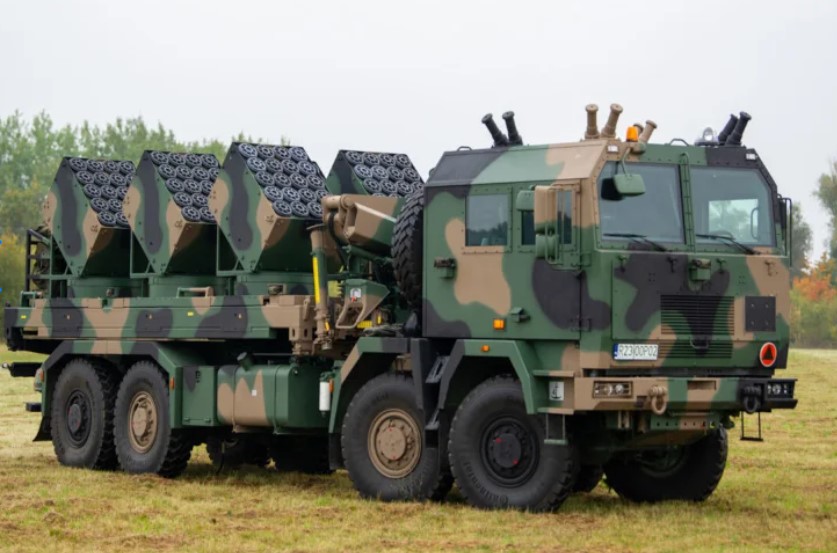
The contract, signed by Deputy Prime Minister Mariusz Błaszczak on June 14, 2023, represents a significant step in enhancing the engineering support capabilities of the Polish Armed Forces, reflecting Poland’s dedication to enhancing national security and supporting the growth of the domestic defence industry.
The BAOBAB-K is an 8×8 truck-mounted scatterable mine-laying system developed by Huta Stalowa Wola (HSW) S.A., in collaboration with Jelcz, Belma, WB Group, and the Military Institute of Engineering Technology.
These Polish companies have come together to create a prototype that offers capabilities for the automatic deployment of barrier minefields with varying sizes, densities, and self-destruction times. Specifically, the Baobab-K system is built on the Jelcz P662D.43 truck chassis, which also accommodates rocket launcher systems such as the US HIMARS and the South Korean Chunmoo K239.

Baobab-K system’s technical characteristics:
- Length: 11 m
- Width: 2.6 m
- Height: 3.4 m (launcher units included)
- Weight: 31,700 kg
- Maximum speed: 85 km/h
- Operational range off-road / on-road: 580 km / 1,650 km
- Crew: 2
- Laying Speed: 5 km/h to 25 km/h
- Laying Range: 30 m to 90 m
- Protection: STANAG 4569 ballistic protection up to level 1
- Depth crossing capability: up to 1.2 m
- Vertical obstacle crossing capability: 0.3 m
- Trench crossing capability: 0.6 m
Also read: Ukraine | Mine and explosive detection and defusing equipment from Britain
Regarding its configuration, the said system incorporates six mine launchers mounted on turntables at the rear of the truck chassis. Each launcher unit, developed by Belma, has the capacity to carry up to twenty preloaded magazines manufactured by WB Group. These magazines can hold five anti-tank mines each, providing a total capacity of 100 mines per launcher.
Particularly, the Baobab-K system supports two types of anti-tank mines: the MN123.1 with immediate action and the MN123.2 with delayed action, allowing various degrees of adaptability to different operational requirements. In addition to these, the system can be equipped with eight 81 mm smoke grenade launchers.
According to the manufacturers, the MN-123 mines are designed for effective penetration of armored vehicles. They are equipped with Misznay-Schardin shaped charges on both sides and they have a reported penetration capability of up to 60 mm of armored protection at an offset of 0.3 meters, too. The mines are triggered by the passage of vehicles, ensuring reliable and targeted deployment in the designated area.
Also read: Ukraine | Creates 30 minefields on border with Belarus
The automated mine-laying processes are controlled through a ground control station developed by the Military Institute of Engineering Technology. Operators can program the control unit in automatic or manual mode to customize minefield parameters.
In automatic mode, the onboard computer calculates the vehicle’s speed, launcher settings, and mine launch frequency while in motion. These parameters can be recorded, visualized on digital maps, and shared through advanced communication systems, facilitating coordination with higher command units.
Along with these, the subsystems include a tester for mine cassettes, a global positioning system (GPS) and an odometer, a FONET intercom system for digital communication, and an RRC 9311AP very high frequency (VHF) transceiver, while the vehicle is equipped with a central tire inflation system (CTIS) allowing it to operate in run-flat mode.
Also read: Iranian cargo ship Saviz attacked by Israel with the use of limpet mines – VIDEO
Overall, the Baobab-K system’s deployment capabilities allow for the precise and efficient creation of minefields, as it enables mines to be launched from the center line, sides, and rear of the vehicle, providing tactical flexibility.
The system’s launch parameters enable the creation of minefields up to 1,800 meters in length, all within a rapid laying time of less than 22 minutes. The reloading process can be completed in less than 30 minutes, ensuring quick reengagement, if required.
The 20-foot container frame of the truck allows it to be used as a transport vehicle after dismounting the mine-laying platform.
READ MORE
Ticonderoga | The US Navy is extending the operational life of three cruisers
The US Navy has announced that it is extending the operational life of three Ticonderoga-class cruisers. The decision will…
Sea Warden | MBDA’s system to counter unmanned threats at EURONAVAL 2024
At the EURONAVALl 2024 exhibition, MBDA presented Sea Warden, a modular anti-drone system adapted to the naval environment that integrates…
THEON International | New orders amounting to €74 million having already exceeded €150 million in the 4th trimester
THEON INTERNATIONAL PLC (THEON) announced additional orders for the month of November. As a result of the…
UN | Iran has increased uranium enrichment to near weapons-grade levels
Iran has further increased its stockpile of uranium enriched to near weapons-grade levels, defying international pressure, according to…
Brazil | Arrests of military and police officers for plotting the assassination of President Lula
Brazilian police have arrested five officers accused of plotting a coup which included plans to overthrow the government following the…
Sweden | Leaflets with survival instructions in the midst of the Ukrainian crisis
Sweden started sending out five million leaflets to the country’s residents yesterday, urging them to prepare for a possible conflict…
Ukraine | The first ATACMS strike on Russian soil took place
The Ukrainian armed forces carried out their first strike on a border area within Russian territory with an ATACMS missile.
Finland | The first major NATO artillery exercise on its territory
The exercise is taking place in northern Lapland and is part of wider artillery exercises, which have been dubbed ‘Dynamic Front 25…










